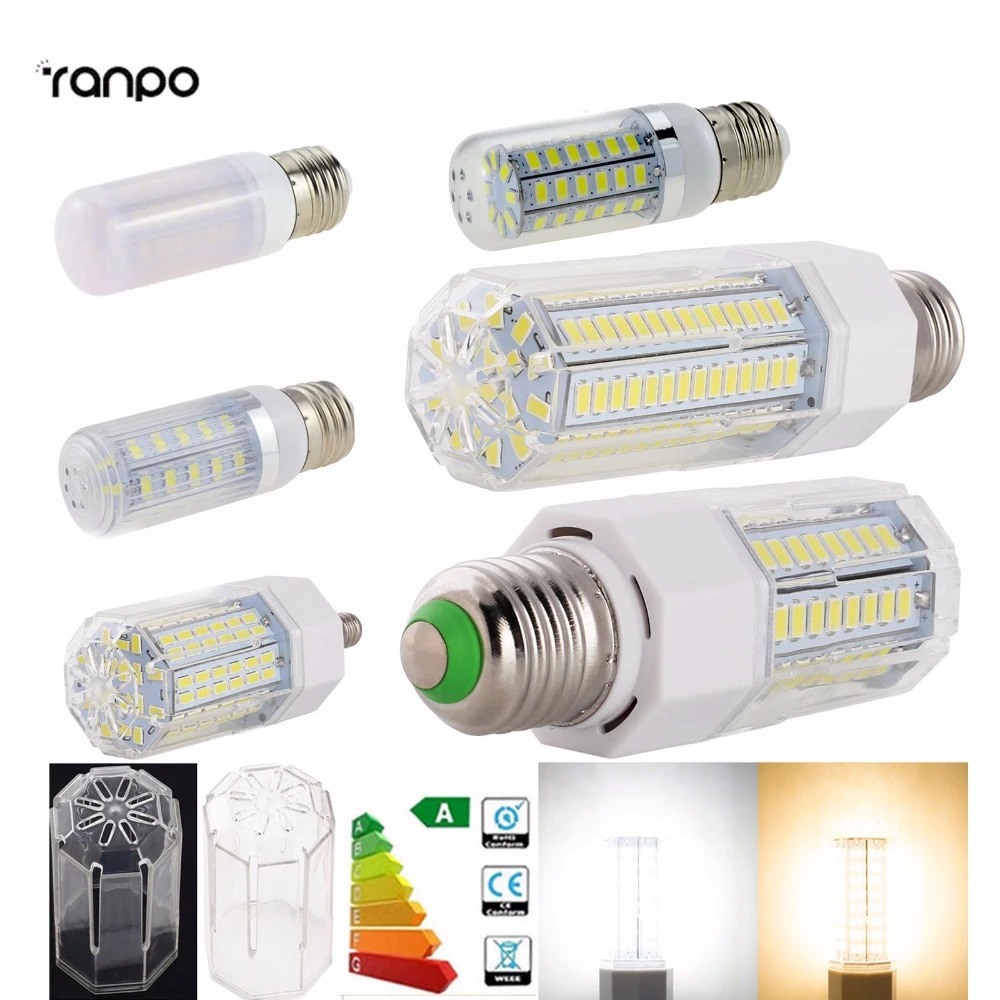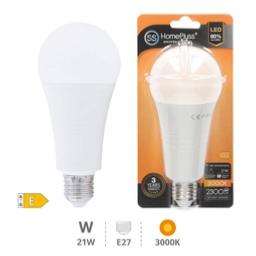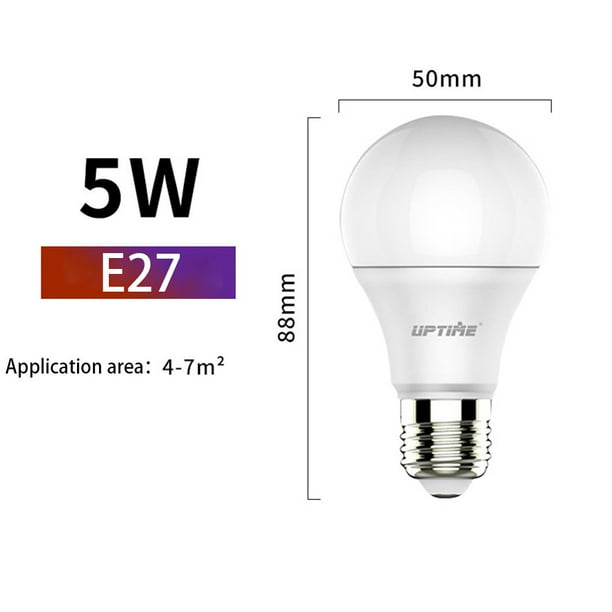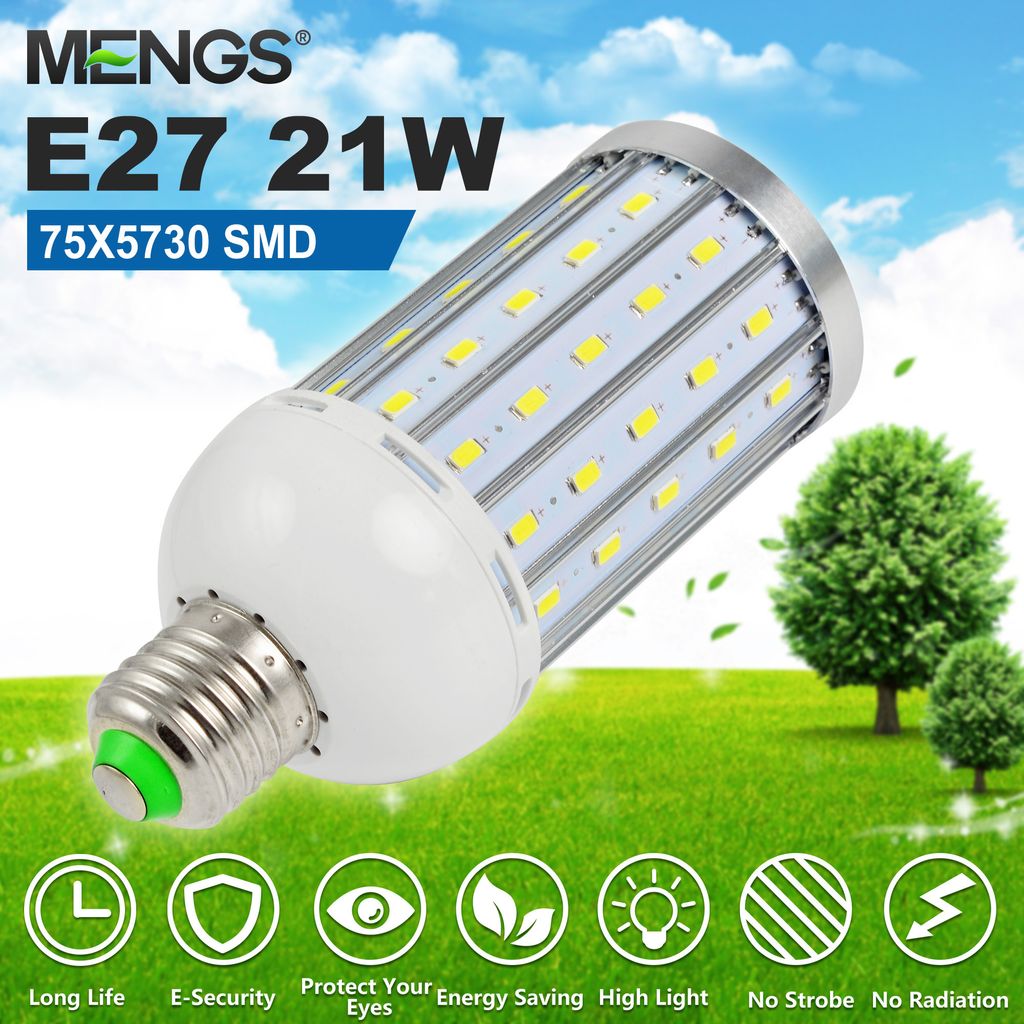
ampoule à led - osram parathom advanced classic - e27 - 21w - 2700 degrés kelvin - a60 : Amazon.fr: Luminaires et Éclairage

1x Osram LED Superstar CLA150 DIM 21W (= 150W) E27 dimmbar 2700k warmweiß 2500lm 4052899959200 | eBay

Osram Parathom Classic LED E27 Birne Matt 21W 2452lm - 827 Extra Warmweiß | Dimmbar - Ersatz für 150W| BeleuchtungDirekt

GSZZBHDP 10pcs/lot AC110V/220V LED Bulb Lamps E27/B22 LED Lights Bedroom Reading Downlight 6W 9W 12W 15W 18W Cold White Warm (Emitting Color : B22 Warm White, Wattage : 21W AC100-240V)

10X Energy Saving E27 E22 E14 E12 E27 LED Light Corn Bulb SMD5730 Lampada LED Bulbs 7W 9W 12W 15W 21W 30W 33W 39W Lighting|e27 led grow light|10x magnifying glass with lighte27


















